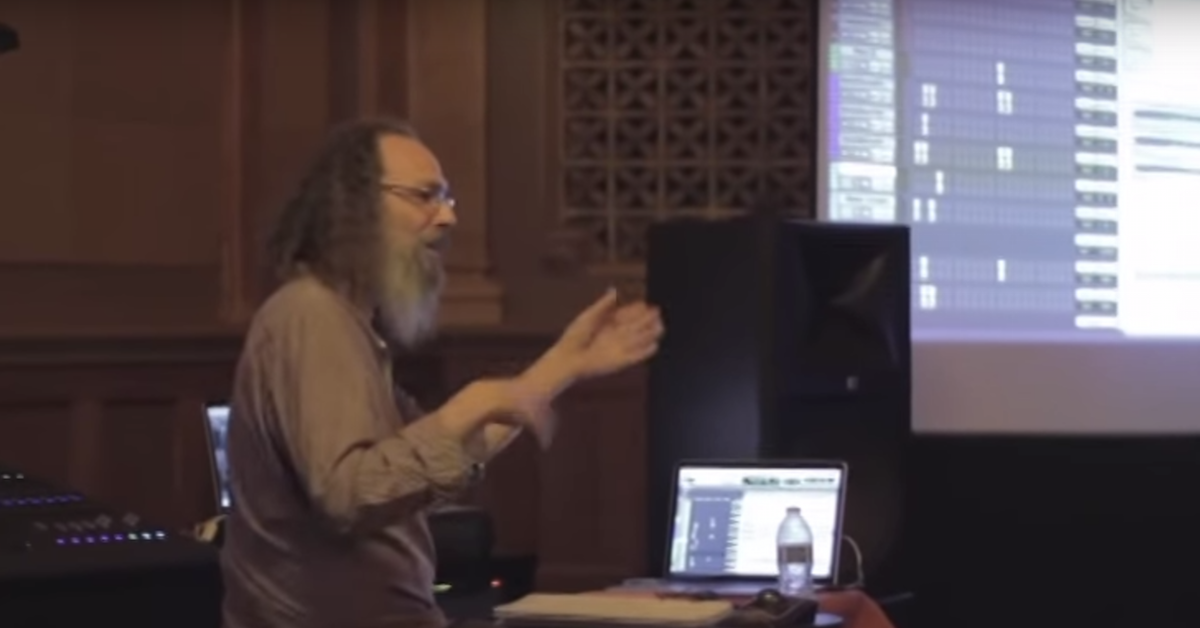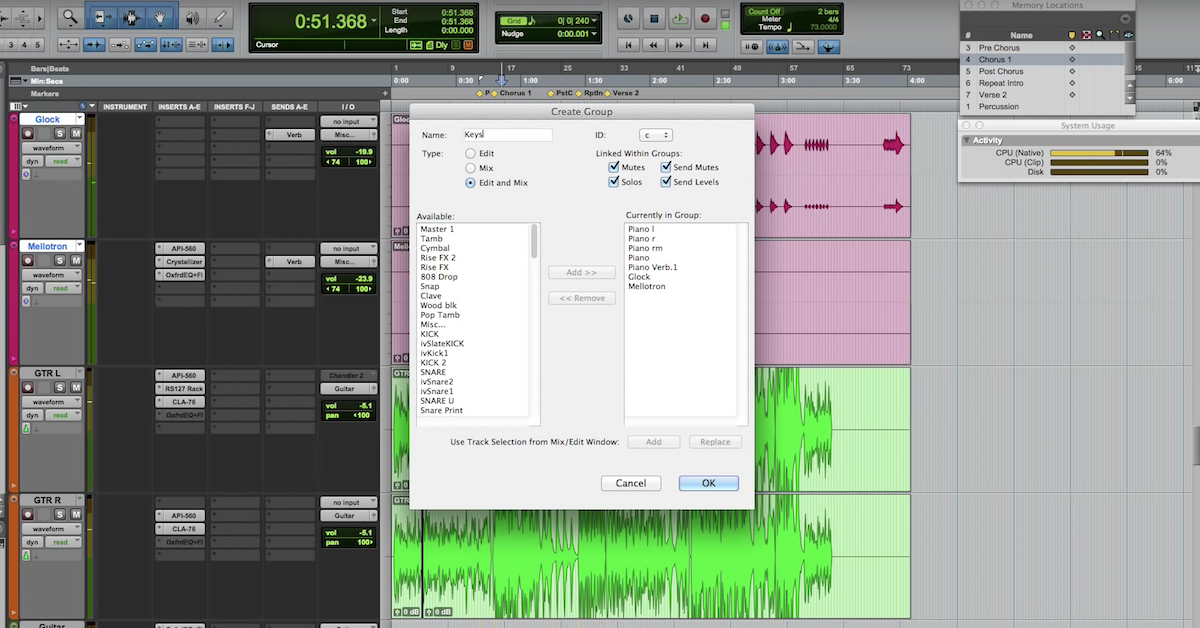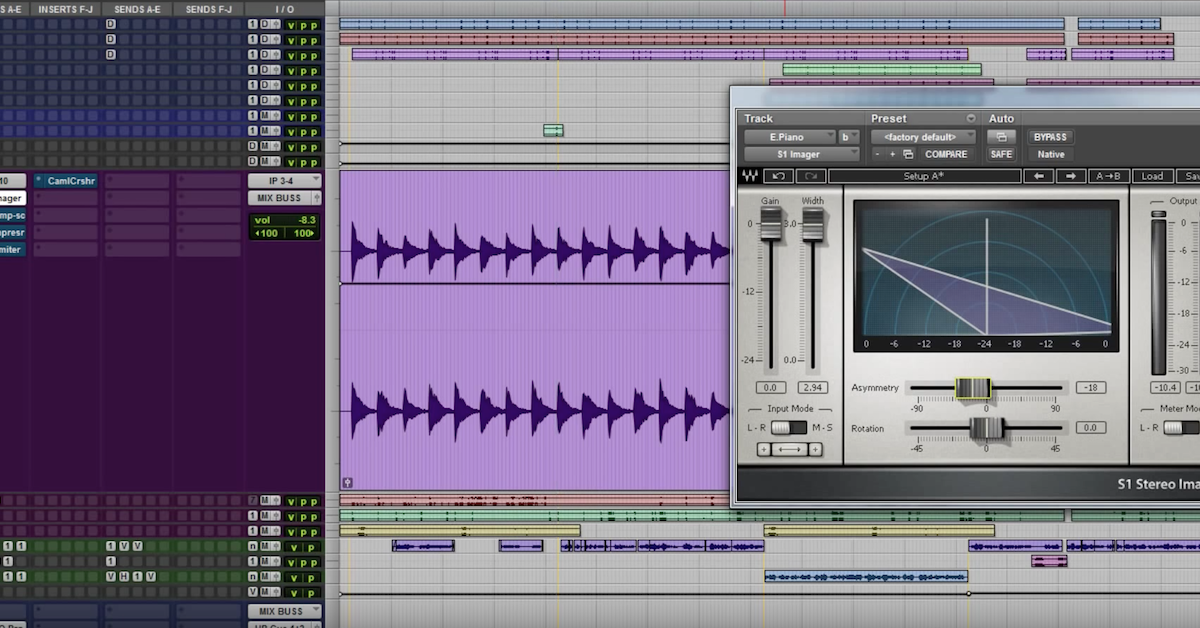The Basics of Stage Lighting for a Live Concert
Article Content
Many engineers learn how to run lights through trial by fire. They take a live sound gig as a Front of House engineer, only to discover they’re expected to run lights too. You know the old saying — the show must go on!
The lights can actually be just as important to the show as the sound. It doesn’t matter how good the band sounds if they’re playing in the dark. A killer light show can add excitement, energy and emotion to a performance.
Coverage
Start by placing and adjusting the lights to fit your needs that night. Concerts use mostly backlighting techniques, so most of your fixtures should be reachable from the stage. Typically, you’ll need 4 areas of coverage:
- Downstage Right
- Downstage Center
- Downstage Left
- Upstage Center (Drums)
Some lights offer lots of soft, diffused coverage. Other lights, like spotlights, offer small amounts of highly focused coverage. Some lights have adjustable shutters or movable “barn-doors” to adjust the “throw” of their light.
In order to get proper coverage you’ll need to know what kind of instruments you’re working with.
LED lights are commonly seen in newer lighting rigs. But, many older venues and theaters still use traditional lighting fixtures.
Here’s a quick rundown of the most popular lighting instruments you’ll use for stage lighting:
LED
These units can recreate dozens of color combinations with the push of a button. They’re relatively inexpensive, they don’t draw very much power and they barely produce any heat.
Ellipsoidal Reflector Spotlight
ERS lights are commonly referred to as the most poplar model — the Leko®. The focus can be adjusted to light with soft or sharp edges. They’re also equipped with shutters to adjust the shape or “throw” of the light.
Par Cans
One of the most common lighting instruments. These are no-nonsense instruments that are basically car headlights with a metal casing. They also get super hot, so be careful when handling them.
Fresnels
First of all, it’s pronounced “Fruh-nel”. They’re similar to Lekos, but cast a softer light. Typically placed close to the stage and used as washes — lights that simply wash the stage in color, with little or no focus.
Spotlights
It’s exactly what you think it is. It’s a big light in the balcony. Someone gets paid to sit up there and follow performers around the stage to keep them well-lit.
Moving Lights
Some of these lights could score higher on the SATs than the techs that use them. These are super sophisticated machines that are controlled with a joystick like you’re a fighter pilot or something. They also offer color changing, focus controls and motorized shutters.
Hazers
OK, these aren’t actually lights, but they’re just as important. Without haze, you can’t actually see the light beams — only where they hit the floor. For a proper light show, you need a hazer.
Primary Colors
Modern LED lights can cycle between colors with a flick of your wrist. But, analog lights all used white bulbs. To create colors, light designers have to clip cellophane “color gels” in front of the bulb.
With most older analog fixtures, if you wanted red, green, blue and white lights, you needed four separate instruments. And if you wanted to change one of the colors, you might need 2 people, a ladder and a harness to change them.
Most modern LED lights can produce seven basic colors:
- Red
- Green
- Blue
- Cyan
- Magenta
- Yellow
- White
Red, green and blue are considered the primary additive colors of light. Which means you can add them together to create other colors, like so:
- Red + Green = Yellow
- Red + Blue = Magenta
- Green + Blue = Cyan
- Red + Green + Blue = White
Of course, you can also make your own custom color combinations by adjusting the amount of red, green and blue. Some common shades include amber, teal and pink.
DMX Controllers
Most venues have a combination of lighting instruments, all controlled by a single console. The console, known as a DMX controller, connects to the first fixture in the chain using a DMX cable. Each instrument is then “daisy-chained” to the next, and so on throughout the chain.
DMX stands for Digital Multiplex. It’s a digital communication network used to control stage lighting and effects.
The DMX controller allows you to control the intensity, color and movement of every fixture in the chain. You can use it to blend colors, fade lights in and out or even time the strobes to the tempo of a track, depending on the system.
Programming Scenes
Now that you’ve got the proper coverage and understand how to use the controller, it’s time to program “scenes”. Scenes are preset looks you can toggle between and adjust from song to song. Use a color wheel to create themes from different colors.
Here are a few common styles:
Monochromatic
Monochromatic means one color, but most people like to use different shades. Granted, these looks can be a bit boring, but they work well for setting the stage, opening bands, or songs with colors in the title.
Complementary Colors
Two colors that compliment each other. These looks work well in most situations. Common examples are:
- Red/Green
- Blue/Yellow
- Amber/Magenta
- Cyan/Amber
Triads
Although it’s harder to pull off, you can use three different colors in a scene. Pick colors that create a triangle on your color wheel.
The most common options are:
- Red/Green/Blue
- Cyan/Magenta/Yellow
Adjacent Colors
Similar to monochromatic, you can create scenes with adjacent colors on the color wheel. To pull this off you typically have to use custom colors, but it can create a cool faded look.
Color Temp
Similar to adjacent colors, you can create looks using three colors of the same “temperature”. For instance, you could use three “warm” colors like red, orange and yellow. Or three “cool” colors like magenta, blue and cyan.
Lighting Techniques
Now that you’v got your scenes programmed, it’s time for the show!
The key to stage lighting is anticipation. You have to be able to anticipate what the music is going to do. You should be able to count eight bars in your sleep. You should be able to feel the changes in the music before they happen. Become one with the music, Neo.
The lights should change in time with the music. The biggest changes should come on the downbeats, and when the song changes parts (verse, chorus, bridge, etc).
As the song becomes more exciting, the lights should become more exciting too. That means more changes, more movement and more “specials”. Jumping from color to color is more aggressive than fading. Use that to your advantage!
The light show should get more exciting as the night goes on as well. So, the lights for the last band should be more exciting overall than the lights for the opening band.
Most importantly, mix with emotion. Listen to the lyrics of the song. Try to enhance what the singer is saying. Try to capture the mood and the vibe of the song with the light show.
Sure, the sound is important at a concert. Without it there would be nothing to listen to. But the lights can be what separates a good concert from a great one.





